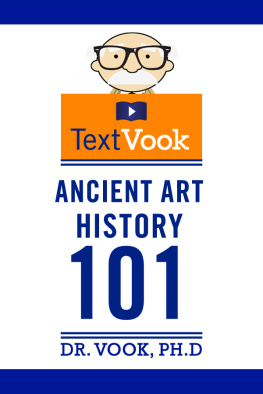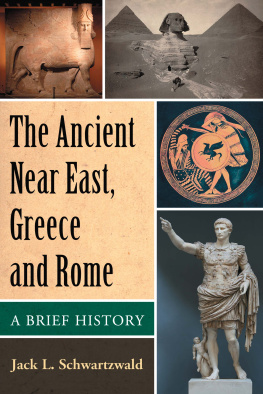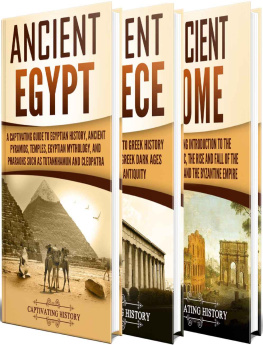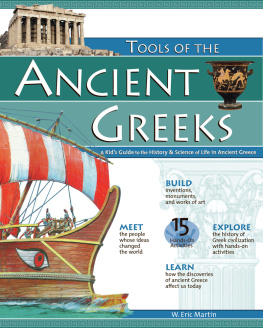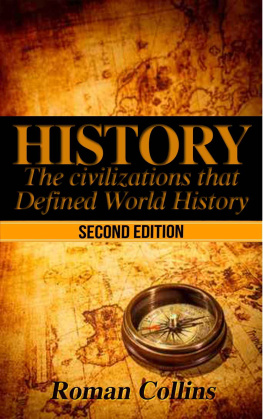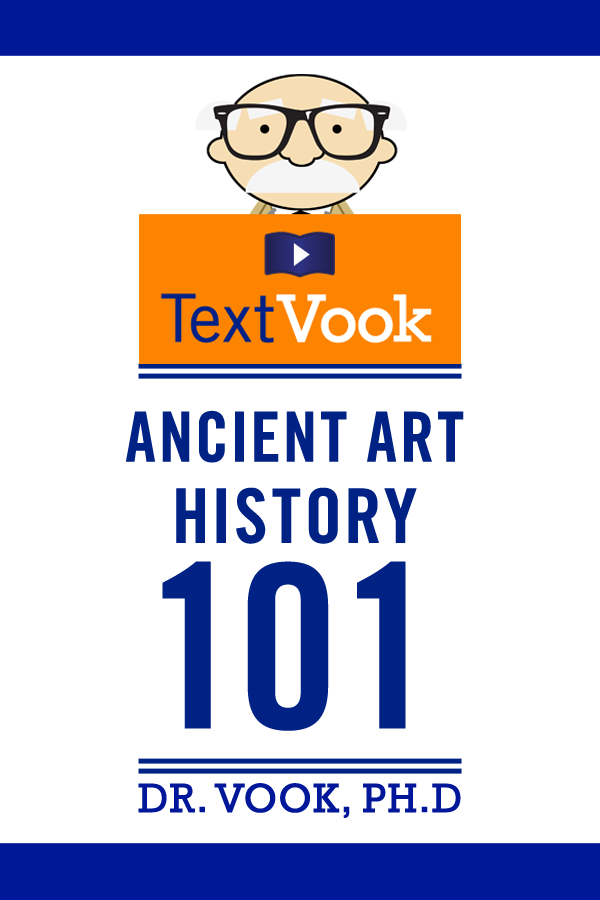Credits & Copyright
Author Profile:
Dr. Vook, Ph.D and Charles River Editors - Dr. Vook, Ph.D was a boy genius, born and raised in Brussels. Struck by a strange bolt of orange-ray lightning at the age of six, he recovered to find he understood all the information in the world. Dr. Vook is assisted by Charles River Editors, which offers clients premium writing and editing services in a diverse array of academic disciplines. Founded by Harvard Business School and MIT engineering alumni, Charles River Editors connects industry and academia's best talent with clients looking for the highest quality of original writing and editing. Charles River Editors has partnered with Vook to develop a series of academic works across a span of fields such as engineering, history, law, physics, and business management.
Web Links:
- Dr. Vook, Ph.D on Twitter
- More Info
Ancient Art History 101: The TextVook
by Dr. Vook, Ph.D and Charles River Editors
In Ancient Art History 101: The TextVook, Dr. Vook, Ph.D will give you an introduction to Ancient Art, beginning with its Prehistoric origins. You'll explore the art of early Mesopotamia and Persia, Hellenic Greece, Classical Rome, Egypt, and Western Europe, from the ancient Mediterranean through its influence today. As usual, Dr. Vook has it all covered.
Copyright 2011 Vook, Inc.
Compilation copyright 2011 Vook, Inc.
Vook is a registered trademark of Vook, Inc.
Chapter 1
Early Mediterranean Civilizations
S ince ancient times, the mild climate and adequate rainfall of the lands around the Mediterranean Sea has made life in the region ideal. Mediterranean lands fostered several ancient civilizations, among them the Ancient Greeks; Romans; Egyptians; and the cradle of civilization, Mesopotamia.
Fed by the sea and nourished by trade, settlers in these lands were able to satisfy their everyday needs. When a people no longer need to constantly scavenge for their meals and search for shelter, the free time naturally lends to other pursuits. Political and social hierarchy takes hold among the civilization, and a distinct and cross-generational culture forms. Settlements or towns grew into city-states, then coalesced into kingdoms. Common to all kingdoms is a principal authority. When people subject themselves to a central authority, a means to distinguish and elevate oneself from other groups often follows. In each of the civilizations, creation of art, even in the form of weaponry, provided a means of communicating between groups.
Art as Message
Some societies, like the Mesopotamian civilizations of Sumer, Assyria, and Babylon, used art to communicate the influence the central authority had over its peoples as well as its influence outside the kingdom. The desire to expand geographically also lent to various displays of art. By depicting the present ruler in an overtly authoritative stance at the gates of his territory, the message to foreigners was clear: Do not challenge us; we will eventually challenge you. The ancient Romans, Egyptians, and Mesopotamians were masters at depicting their rulers in such a way.
Like societies today, ancient peoples had to deal with language barriers, and they used visual depictions to communicate with each other. Some people such as the Greeks and Egyptians also used art to make tribute to their gods. Depicting the deities in favorable postures was thought to grant people luck, wealth, or power from the god. The artworks utilitarian aspect did not hamper beauty or efforton the contrary, the greater and more beautiful an object was, the better it served its purpose.
As the Mediterranean civilizations lay within close proximity to one other, cultural exchange was prominent. The similarities between Greek and Roman art and the eventual adaptation of Egyptian funerary customs within the Roman Empire serves as proof. In Western Europe, the distance from the Mediterranean isolated the region from most cross-cultural opportunities. Although the Romans eventually conquered most of southwestern Europe, it was not until after the advent of Christianity that Western Europe participated heavily with the rest of the Mediterranean region.
TIP
Art Defines the Era
One of the ways archaeologists and anthropologists are best able to determine when an area was settled and which tribe settled it is to look for patterns in art. Through pottery, historians were able to determine the tribes that settled in ancient Greece during its Dark and Archaic Ages.
The Archaic Ages received its name from the artwork.
Chapter 2
Prehistoric Art
T he end of the Paleolithic period and beginning of the Mesolithic period, or approximately 5,000 B.C., saw great changes in the way humans lived. Gone were the days of fighting for basic survival. Small groups of people, also known as bands or tribes, could now work together to form a small society where the less able were taken care of and the more able were revered. Religion became an important element in these societies. When unexplainable natural events occurred, the people sought ways to rationalize a bad event or to bring about a good one.
Little evidence exists of prehistoric societies. What does remain exists in rock form. The most famous is the cave art in southern France known as Chauvet-Pont-dArc or Chauvet Cave. Radiocarbon indicates the paintings were created between 25,000 and 30,000 years ago, or during the Paleolithic period. Discovered in 1994 by three cave explorers, the series of interconnected chambers depict lions, mammoths, rhinoceroses, deer, bison, and other animals. First thought to be paintings of daily life, it was later determined that lions, mammoths, and rhinoceroses were rarely, if ever, hunted by humans. The smaller, more docile animals were hunted and are more easily explained. Given the few depictions of humans, and the inclusion of lions, mammoths, and other large animals that preyed on them, some archeologists and art historians conclude that the paintings likely served a ceremonial purpose. If the painter depicted a predator in the cave, the thinking may have been, perhaps it would not appear in reality.
Educational Artwork
Other scholars believe the arrangement of animals in the caves indicates that the drawings were instructional. By showing herding patterns, species similarity, and gender differences, the cave paintings taught new tribal members what to look out for. The anatomical detail and shading indicates a highly skilled artist who placed great emphasis on accurately drawing each animala feat achieved by firelight. The skill has led some historians to believe there may be older, less sophisticated cave art yet to be discovered.
Other prehistoric cave art can be found in Sassili nAjjer, Algeria, and Altimira, Spain. Executed in the late Paleolithic or early Mesolithic period, the art consists of local animals and human forms. Unlike the Chauvet Cave art, the art in the Algerian and Spanish caves depicts hunting parties and their prey. Perhaps meant to ensure success during the hunt, the cave art may have been both educational and ceremonial: it shows the proper way to catch a migrating herd by including the human forms successfully hunting down the animals.
Why prehistoric people created art is difficult to explain. However, one type of artifact, the Venus, is better understood than most other ancient art. Found throughout the Paleolithic and Mesolithic period, a Venus is a figurine or amulet, just a few inches tall, of an overweight female figure with large breasts and hips and defined pubic area with no other distinguishing human characteristics. Meant to symbolize a fertile woman, scholars believe these figurines were a type of good-luck charm.

